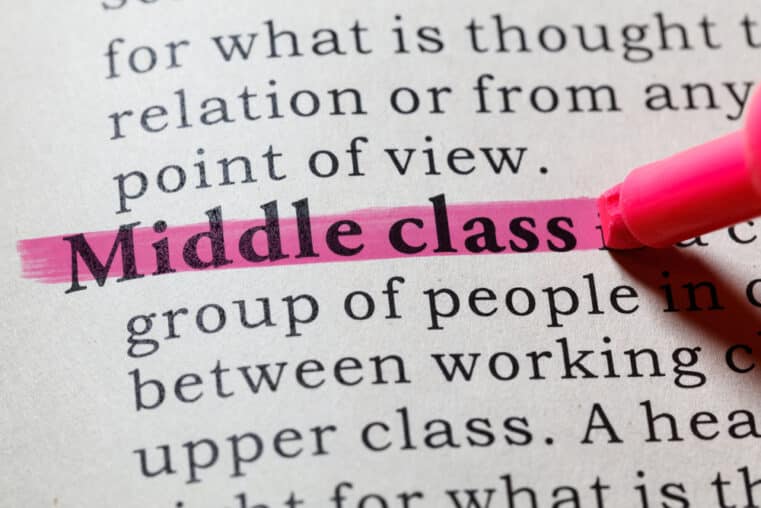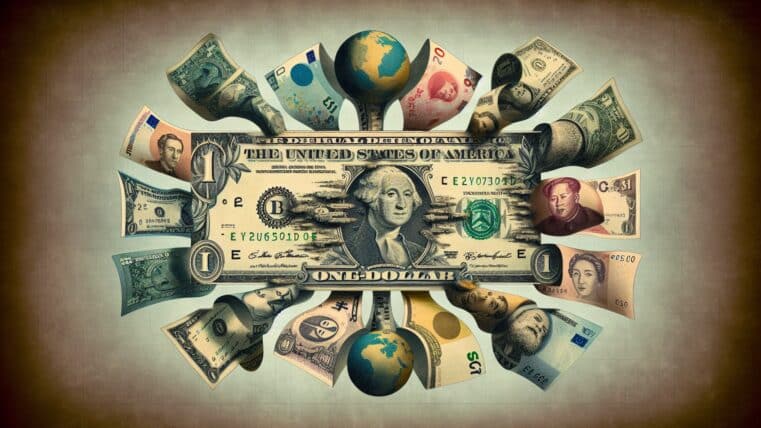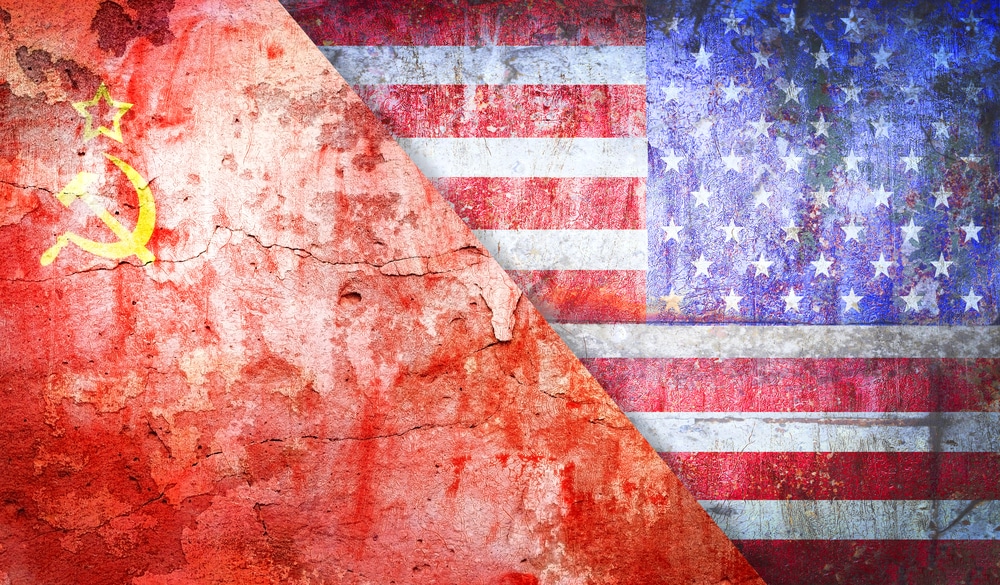
Is It the End of DEI? A Closer Look
Post-Election Realities: DEI Is Far from Dead
As the dust settles after the U.S. elections, the question on many minds is this: could this be the end of government-mandated diversity, equity, and inclusion (DEI) programs? For years, the Biden administration upheld DEI as a central priority, embedding its language and principles across federal institutions. Yet, anyone hoping for an outright victory over DEI initiatives may be in for a rude awakening. The cultural entrenchment of DEI policies runs deep, well beyond federal directives, embedding itself in the fabric of universities, corporations, and public policies. Dismantling this intricate system of beliefs and practices is not as simple as revoking a few executive orders—it’s a battle against a worldview now deeply woven into the structure of modern America.
Universities: The Breeding Ground for “Woke” Culture
Take the “woke” culture saturating university campuses, a prime breeding ground for these ideas. Just before Trump’s reelection victory, reports surfaced of elite institutions rolling out “self-care suites” where students could color, play with Legos, and snack on milk and cookies to “cope” with election results. At the University of Oregon, students had access to therapy animals, including the famous “Quacktavious the Therapy Duck.” But these absurdities aren’t isolated quirks; they are symptomatic of a broader culture that prizes victimhood, a core principle of the DEI ethos that prizes emotional fragility and redefines resilience as dependence on external comfort.
Beyond the Surface: The Evolution of DEI Language and Scope
Laughable? Perhaps. But it would be a mistake to ignore the deeper implications. DEI’s evolution is far from over; it’s simply morphing, camouflaging itself in new language and softer terms. Official DEI mandates may be curtailed in a few states, but this only scratches the surface. For instance, Utah recently banned DEI but allowed “cultural centers” to continue providing “specialized resources” for minority students. Thus, the DEI agenda can be repackaged as “supportive cultural programming” under the guise of academic support, evading the supposed “ban” entirely.
The Constitutional Conundrum: Freedom of Speech and Group Rights
This linguistic rebranding is no accident. DEI’s proponents understand that by shifting terminology, they can bypass political and legal barriers. And because these cultural shifts remain deeply tied to the First Amendment protections of “free speech,” states enacting DEI restrictions often sidestep banning the underlying doctrines themselves. Florida’s DEI law, for instance, faced court challenges on free speech grounds, underlining how careful proponents of DEI have been to entrench their language under constitutional protections.
DEI and the Redefinition of Equality: Group Rights Over Individual Rights
Yet at the heart of the DEI debate lies an even thornier issue: the collision of the old constitutional principles of individual rights with the newer Civil Rights Act framework that increasingly prioritizes group-based rights. DEI isn’t just about celebrating diversity; it’s about establishing a hierarchy of grievances where certain groups’ rights trump individual liberties. As Christopher Caldwell explains in his book The Age of Entitlement, the Civil Rights Act of 1964 planted the seeds of today’s DEI ideology, imposing group rights over individual freedoms. This transformation—where diversity, once framed as a virtue, becomes an obligation—has rewritten the rulebook of American governance.
Quotas Disguised as Diversity: Reverse Discrimination in Practice
In practice, the result is a landscape where DEI functions as a legal shield for discriminatory practices under the banner of “equity.” University admission quotas, outlawed on paper, are unofficially upheld in practice to “promote diversity.” Courts have given these policies a pass, rationalizing that race-based preferences merely “level the playing field,” thus enshrining reverse discrimination as “equality.” This is the DEI Trojan horse—unconstitutional in spirit, yet legitimized by redefining the terms of equality.
Protecting Liberty: Reclaiming Individual Rights in an Era of DEI
So, what can be done? The simple answer is that DEI will not vanish by executive orders or court battles alone. Like Ron Paul has argued, the Civil Rights Act of 1964 handed federal agencies sweeping powers that have only expanded over time. This act’s legal underpinnings have paved the way for today’s DEI practices, which prioritize group rights over property rights, eroding the very principles of a free society. To reclaim liberty from the stranglehold of DEI, society must recognize that group-based “equity” initiatives conflict with individual rights and dismantle this framework, not merely tinker with it.
Conclusion: The Path Forward
In other words, dismantling DEI would require addressing the roots of the issue—an all-out repeal of these legal and cultural pillars that empower DEI ideology. Only by restoring the primacy of individual rights, as Ludwig von Mises proposed in his writings on liberalism, can we truly protect a society built on freedom rather than state-imposed equity.
If you’re ready to dig deeper into protecting your rights and wealth in today’s volatile climate, consider downloading Bill Brocius’ essential ebook, "7 Steps to Protect Yourself from Bank Failure", or subscribe to his Inner Circle newsletter for $19.95 to stay informed on the coming economic shifts. DEI isn’t the only danger lurking in today’s America. Equip yourself with knowledge to protect your liberties and your future.










